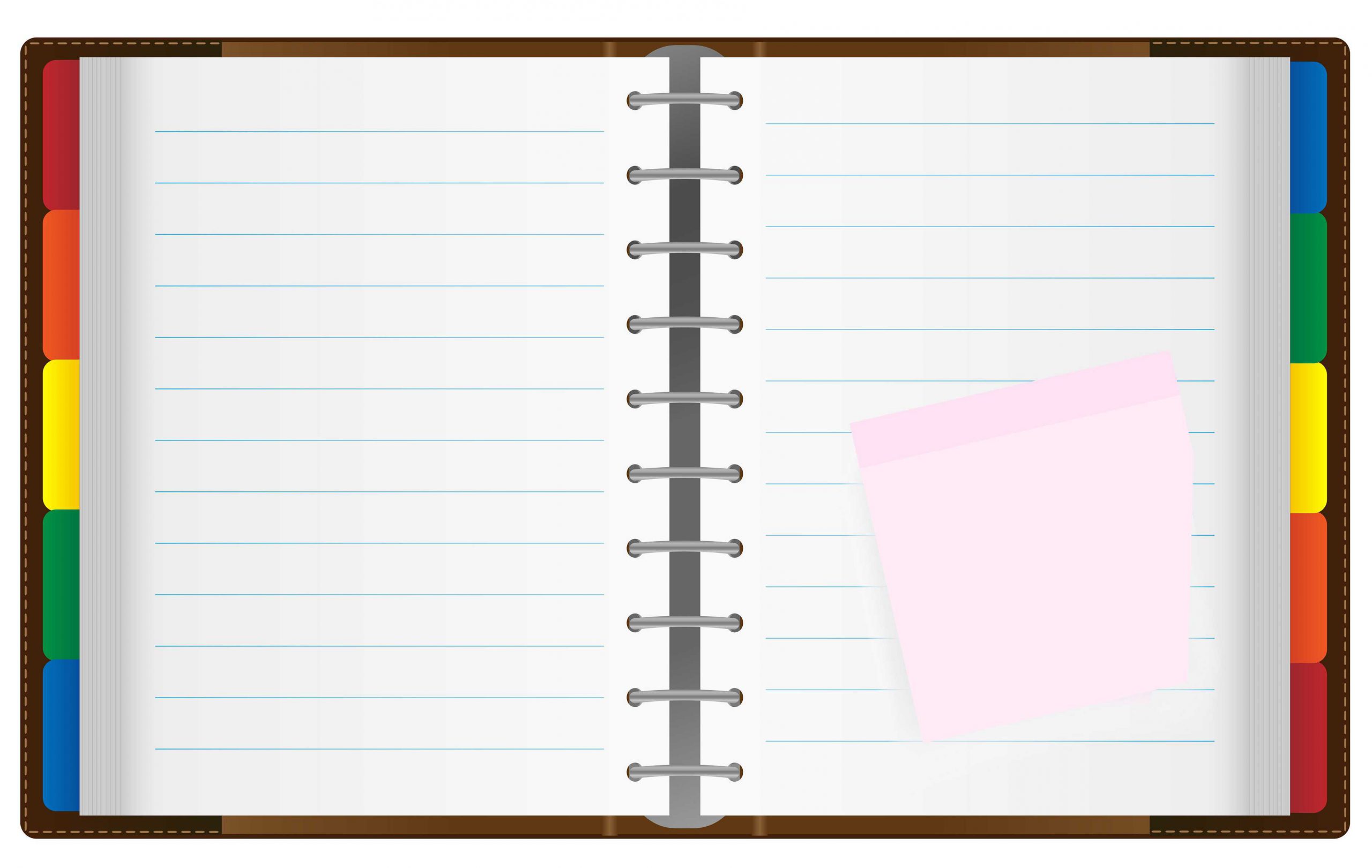
Before the advent of e-mail and smart phones and nearly constant electronic interruptions, daily planning was a strategy that was used quite effectively in the business community. Not so much, anymore!
Oh yes, we still make the attempt to set our daily plan, but I am willing to bet that for a lot of you out there, that plan goes out the window within the first two hours of your workday. Why? It’s not just our bosses! Don’t forget the barrage of e-mail messages, text messages and instant messages that have invaded our lives.
We face an ever-increasing challenge in resisting distractions. With workers receiving between 100 and 200 e-mail messages, buzzing or flashing into their computers or smartphones each day, who can resist? After all, one or two of those messages might even be important.
Time after time, I hear people lament that they had planned to get several important things done in a specific day, only to wonder at five o’clock where their time went and how they could have managed not to complete those few important tasks. The answer lies in the distractions that invade their inboxes almost constantly.
It is commonly accepted by time management gurus that it takes a person an average of four minutes to recover from any interruption. E-mail has become one of the biggest sources of continual interruption to today’s worker. So, if you are working on an important report, and the arrival of an e-mail message dings and flashes on your screen, and you look up for only a few seconds to see what newfound treasure has graced that inbox, it will take you an average of four minutes to get back ‘in the zone’ and properly focus on that report you were writing. Multiply this by only 15 interruptions, and your recovery time zooms to 60 minutes – an entire hour of wasted productivity.
And for many, they are not just briefly distracted by a new e-mail in their inbox – they will shift gears to respond. Or they will click the link contained in the message. Or they will allow that e-mail message to be their new top priority by working on it, even though it is low on the priority scale. Good-bye daily plan.
One of the biggest challenges felt by many who are wrestling with the continually growing volume of e-mail messages is finding the discipline to work on the right tasks at the right time. In the early days of e-mail and electronic communications, handling a few interruptive messages did not have a great impact on the average worker. Now, as hundreds grace our inboxes daily, the ability to resist these distractions has become a key to productivity.
Today’s e-communications bring with them the potential for near to constant interruption, and for the undisciplined, ongoing frustration with the inability to accomplish their tasks for the day.
To the rescue
Three actions can bring a return to daily planning that works:
1. Turn off the interrupters
The default setting in most email programs is to deliver new messages as soon as they’re received in the server. You can change this, and you should. Either turn off the automated delivery, or set the delivery interval to the longest period of time that you could reasonably stand. We recommend 90 minutes. This way, you take control of the interruption and enable yourself to pick up your email messages when it works for you, not the other way around.
While you are adjusting these settings, turn off the sounds and the flashes announcing the arrival of messages. They are nasty intruders into your ability to focus.
And don’t worry, if someone calls you and needs you to look at a message they just sent, you can always click the ‘send/receive’ button at the top of your screen and watch it magically appear.
2. Set specific times to sort messages.
Taking control of your e-mail message management includes being decisive about when you will view your inbox. By setting specific times that you plan to view the new messages in your inbox, you have changed this from a reactive behavior to a proactive behavior. We recommend viewing your inbox five times each day: in the beginning of your day, midmorning, after lunch, midafternoon, and just before you leave work for the day. Combined with turning off all of the interrupters, this action will allow you several hours of focused time to accomplish what is truly important, rather than being almost continually interrupted.
When viewing your inbox, it is critically important that you approach that activity with a mindset to sort the work, rather than to work it. Just because it is the most recent arrival does not make it the most important task on your list. Sorting allows you to triage your work, and set the priorities that will make you most effective.
Let’s bring back the routine of daily planning and stick to it! Build the sorting and handling of e-mail into your daily plan. Choose a regular 10 to 20 minute time slot to plan each day. Then, view all of your tasks – telephone calls, meetings, projects, to do’s, and e-mail delivered tasks – and set your work plan for the day. This is when you can determine what to work on and in what order. Sticking to this plan enables you to resist being distracted by newfound e-mails that threaten to take over your daily plan.
Of course, there will be urgent and important interruptions every now and then. These can, will and should interrupt that daily plan – sporadically. We just need to avoid having the unimportant or non urgent e-mails do the same.
In this daily plan you should account for those five timeslots when you sort your e-mail. Build viewing that inbox into your daily plan, each day. You can’t ignore it, so plan for it!
We started by saying that prior to the onslaught of electronic communications, many workers did a great job of daily planning. One of the reasons is because their interruptions came from only a few sources – telephone, co-workers, bosses or postal mail. They could set their daily plan, determine priorities, and start working. They’re interruptions were sporadic.
Electronic communications are more pervasive, but we can still control how we respond and plan. Just because we are connected 24 hours a day, doesn’t mean that those communications take priority over what is truly important. Not everything that existed prior to all this wonderful technology should be thrown out – and daily planning is one of those. Daily planning works, and it can give you a wonderful roadmap to be truly productive.













